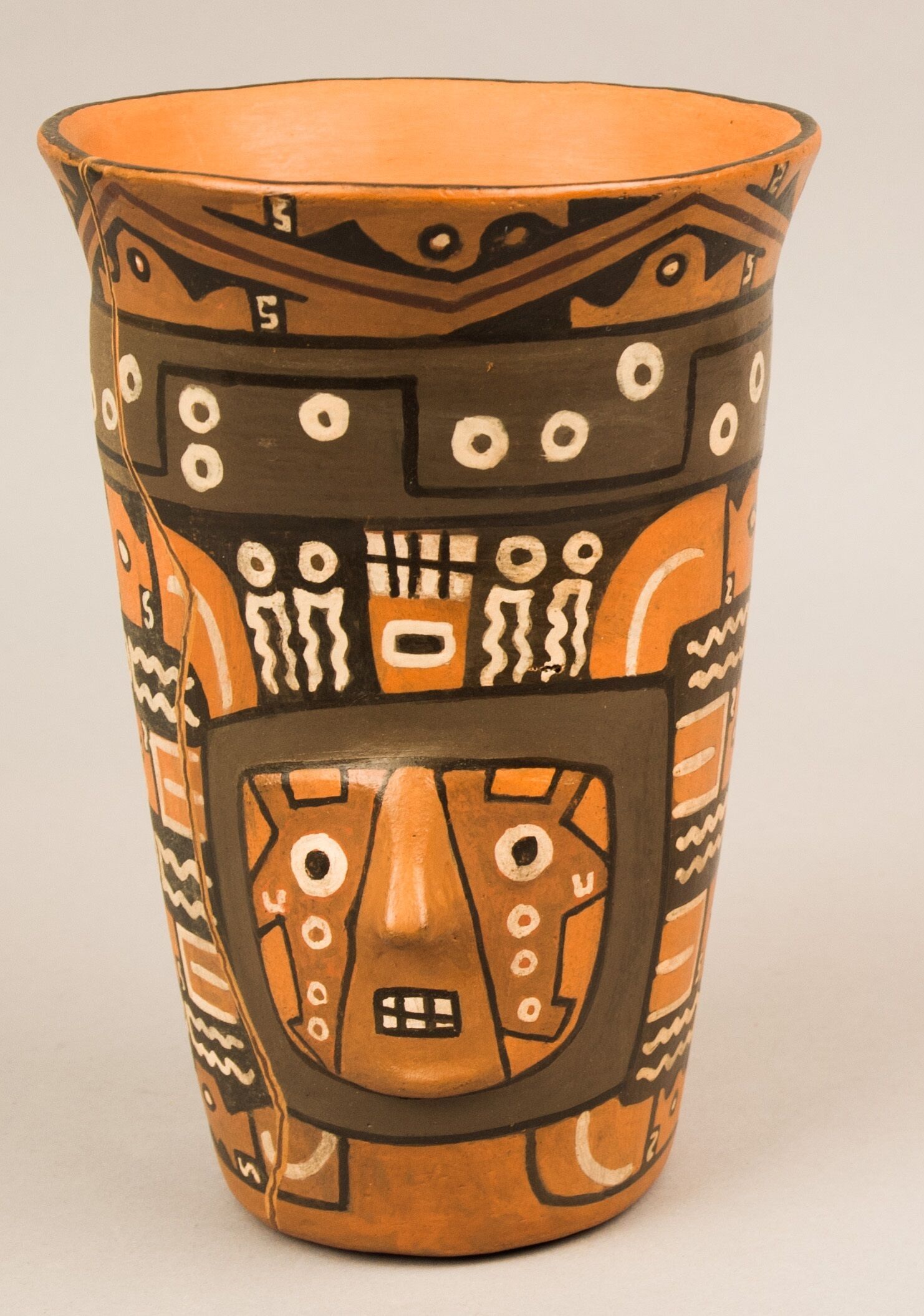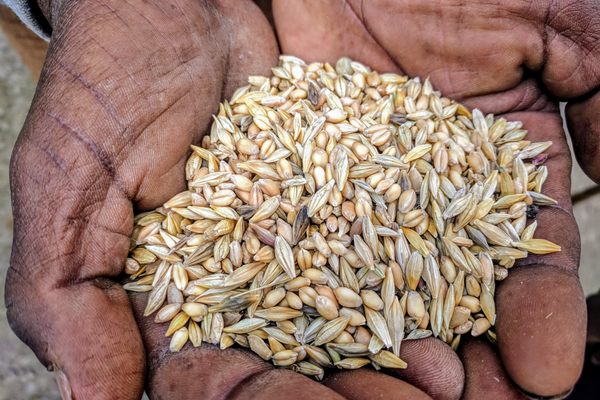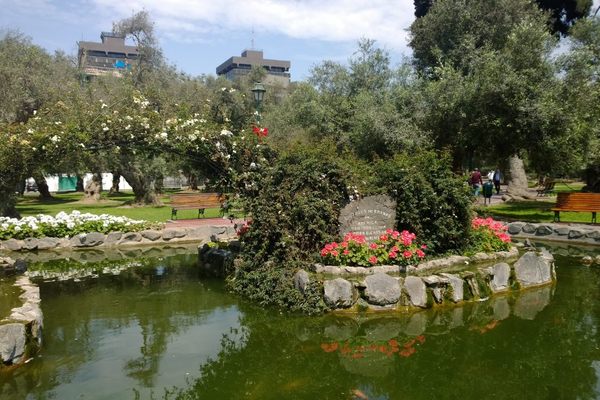How Breweries Helped Keep This Pre-Columbian Empire Together
Researchers recreated Wari chicha for science and happy hour.

Ever longed for a president you could just have a beer with? Inhabitants of Peru’s Wari empire may not have schmoozed with their leaders over a pint. But new research, published in Sustainability, indicates that making and drinking chicha, an indigenous brew, contributed to the vast pre-Columbian empire’s impressive political and cultural cohesion.
From 600 until 1100, the Wari Empire covered an Andean expanse equivalent to the distance between New York City and Jacksonville, Florida. While smaller than the subsequent Incan Empire, Wari rule was nevertheless expansive. It was multilingual and multiethnic, governed by a series of provincial capitals under an imperial Wari elite, with a capital located in the city of Wari just northeast of present-day Ayacucho, Peru. The Wari people practiced terraced agriculture, distinctive weaving, and, like the Inca, used ornately-knotted khipu fibers as a form of administrative recordkeeping. This political and technological sophistication, says Ryan Williams, Associate Curator at Chicago’s Field Museum and Principle Investigator of the Sustainability study, allowed the Wari to assert their rule over the greater part of the Andes.
Two decades ago, a team of archaeologists excavating the empire’s southernmost administrative center, Cerro Baúl, stumbled upon a unique Wari site: an ancient brewery. Now, Williams’s team has used chemical analysis of chicha-soaked pot shards to learn more about how brewing shaped Wari rule.

While the Incas and contemporary indigenous Andean people mostly enjoy chicha made of corn, the concentration of seed fragments scattered across the brewery site led archaeologists to suspect that the Waris made their chicha from molle. Also known as Peruvian peppercorns, this spicy red berry can be found today in tabletop pepper grinders. Using DART mass spectrometry to analyze traces of chicha left on pot shards, collaborators Ruth Ann Armitage of Eastern Michigan University and Josh Henkin of the University of Illinois at Chicago determined that the Cerro Baúl brew was likely made of the spicy molle. Wari people, likely elite women, would have soaked and boiled these peppercorns to extract their sticky, sugary resins, then fermented the resulting concoction to achieve a delicately flavored, yet intensely alcoholic beverage. Working alongside indigenous communities from the area, some of whom still make chicha de molle, researchers brewed their own version to test against ancient samples.
For Wari elites, beer-drinking was serious politics. Up to 200 Wari leaders, as well as leaders of neighboring groups, would regularly gather at the Cerro Baúl brewery for ritualistic drinking and politicking. While consuming the brew out of three-foot-tall clay vessels decked out with images of Wari deities and rulers, they plotted, sealed deals, and pledged their allegiance to the Wari empire.

By comparing rare elements in these pot shards to the unique elemental compositions of nearby soils, Williams’s team found that the vessels’ clay came from a site about five miles from the brewery. This is significant, says Williams, because none of the other local potters used the same clay, indicating that these elites had first dibs on resources and unique access to the technological innovations needed to work with the material. The style of the vessels, including their unique designs, are also consistent with those used in the Wari capital, over 600 miles away. For Williams, this combination of local materials and imperial iconography reveals a society in the process of solving a question as pertinent in ancient Peru as it is in Brexit-obsessed Europe: How can a large state create political unity across cultural and geographic diversity?
For those looking to create a little unity today, Chicago’s Field Museum, Williams’s home institution, has partnered with an area brewery to create a chicha de molle-inspired Wari Ale, incorporating Peruvian peppercorns and blue corn. A pint may not build you an empire, but the culinary heritage of one of the Americas’ great civilizations is certainly worth a toast.
Gastro Obscura covers the world’s most wondrous food and drink.
Sign up for our email, delivered twice a week.






























Follow us on Twitter to get the latest on the world's hidden wonders.
Like us on Facebook to get the latest on the world's hidden wonders.
Follow us on Twitter Like us on Facebook